In the offer hierarchy of Lowrance fish finder, the HDS Carbon Series 2 is in the high-end range, which means: what is technically feasible and opportune at the moment, is in this fish finder family.
Whoever enters here has checked his petty cash carefully and rather does not have a 7″ device on his mind.
However, this is exactly where the Carbon series comes in and the question is allowed: “Who actually needs a small 7″ model in this device class?
Well, the answer is simple and obvious: anyone who needs a combination device with higher demand in mobile use or want to equip a small boat or such users who need an additional solution on the boat in the outdoor area.
This predestines the 7″ variant for the demanding user who does not have to turn over every penny when buying.
We took a look at the Lowrance HDS-7 Carbon in practice, also to clarify the question of what value you get.
The answer is equally interesting for the larger models of the Carbon family, in the 1:1 implementation (except for the larger screen) directly for the 9″ edition as well.
Equipment and operating comfort of the Lowrance HDS-7 Carbon
The excellent SolarMax HD display catches the eye right from the first steps. It has a good resolution of 1024×600 pixels in 7″ and clearly outperforms the competitors, even from our own company, in terms of clarity, brightness and color reproduction.
The effective anti-reflective coating of the screen supports a wide viewing angle of almost 180°, but also predestines the TFT for an unobstructed view through polarizing sun protection glasses.
Unlike the old HDS series, the Carbon models are equipped with a dual core high-performance processor, which visibly speeds up the processes. No more waiting times during overlay-heavy card building.
The screen scrolling, the update imports and the fish finder processes such as Chirp Sonar, Structure Scan and StructureMap™ including screen splitting run quickly and smoothly. There appears to be sufficient hardware reserves for future upgrades as well.
The HDS-7 Carbon can be operated via touchscreen and keyboard. This puts an end to any discussion of which is the better alternative. An intuitively designed interface facilitates the familiarization and is very comfortable in the processes.
Each app can be controlled directly without having to go through numerous submenus. For network integration, there are NMEA 0183 and NMEA 2000 interfaces, as well as Ethernet connections and two card slots for microSD cards, which are operated from the front.
In addition, you can also work wirelessly. The Lowrance GoFree app opens via wifi, for example, software updates, chart purchase or access to the cloud database where Inside Genesis user charts are stored. Bluetooth is also available.
Two diagnostic tools are available for easy handling and support. While the Network Analyser can check the network for drivers and updates, the Service Assistant can be used to request technical problem solutions via the Navico server.
Plug and Play is the name of the game in the marine network, and there is nothing to stop the connection of expansion modules such as broadband radar, marine audio, video view, etc. In stand-alone as well as in a network, the HDS-7 Carbon is multi-transducer capable, even if one of the transducers should be hooked up. What more could you want?
Navigation and nautical charts
The built-in chartplotter is equipped with a 10 Hz GPS module. It finds existing satellites quickly and reliably and ensures accurate positioning of the vehicle on the nautical chart even at slow boat speeds.
5000 waypoints, 200 routes and 100 trails (each with 10000 waypoints) can be stored and integrated into the active navigation at any time. A comprehensive icon list facilitates an individualization of routes via meaningful representations of waypoints on the map.
In general, marking waypoints with “Touch” shows how easy it is and how quickly you can create reproducible hotspot tracks on a single fishing day. As far as the use of nautical charts is concerned, the HDS-7 Carbon chartplotter offers a wide range of options.
In addition to the “own mapping” of “mapless” waters via C-Map Genesis, the possibilities to refine existing map material, map series of the major suppliers Navionics and Jeppesen (C-Map) can be used in various editions.
We tried Navionics Platinum+ Norway Plus and C-Map MaxN+ North Sea and Denmark and were impressed. The possibilities to find possible hotspots with the bathymetric maps (fishing maps) integrated in both systems and to build drag tracks in the run-up to a fishing trip excited us just as much as the 3-D possibilities of the map display. Safe route suggestions to the selected destination were also gladly used.
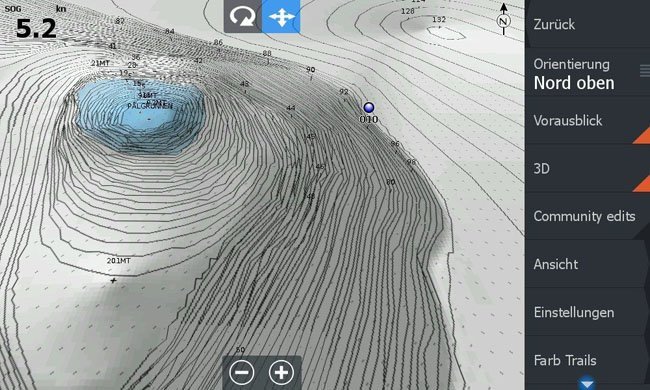
Overall, we liked the Navionic charts a bit better, as they are more detailed than the C-Map competition. For example, Navionic’s fishing charts show underwater conditions more vividly.
This is mainly due to the denser depth contours, but is also supported by the selected shading. However, C- Map N+ are a good alternative, which can sometimes be obtained cheaply as a promotion with a device purchase. Another extremely useful function comes from the device itself.
StruktureMap offers the possibility to overlay the side scan image with your own maps. This makes it clear which underwater structures are around the current boat position. Overall, there is nothing to criticize about the plotter itself and its possibilities. All functions are well developed, easy to handle and safe to use. Even upscale demands should be met.
Echosounder function and Lowrance Total Scan transducer
In the high-end class of fish finder fishing, we find, in addition to the traditional 2-D sonar with chirp function, the structure scan possibilities again, which are already part of the sonar equipment in the mid-range (eg Elite Ti, Simrad Go).
However, the HDS-7 Carbon can do even more, as can be seen impressively in pictures of the Strukture Scan 3D. To use these possibilities, however, a separate transducer is required and also an additional expansion module for the 3D technology. An additional transducer is also required to use the Spotlight technology.
The Spotlight Scan feature pairs with the trolling motor to show structure and fish in front of and around the boat before fishing that area.
In its basic configuration, the device operates with three possible fixed frequencies (50/83/200 Mhz) in the traditional 2-D method and with 455/800 Mhz frequencies in the structure scan range.
The included Total Scan transducer supports 83 and 200 Mhz as fixed frequency in 2D, but covers the specified structure scan range. It is very similar to the previous LSS-2 transducer from the Lowrance portfolio.
-
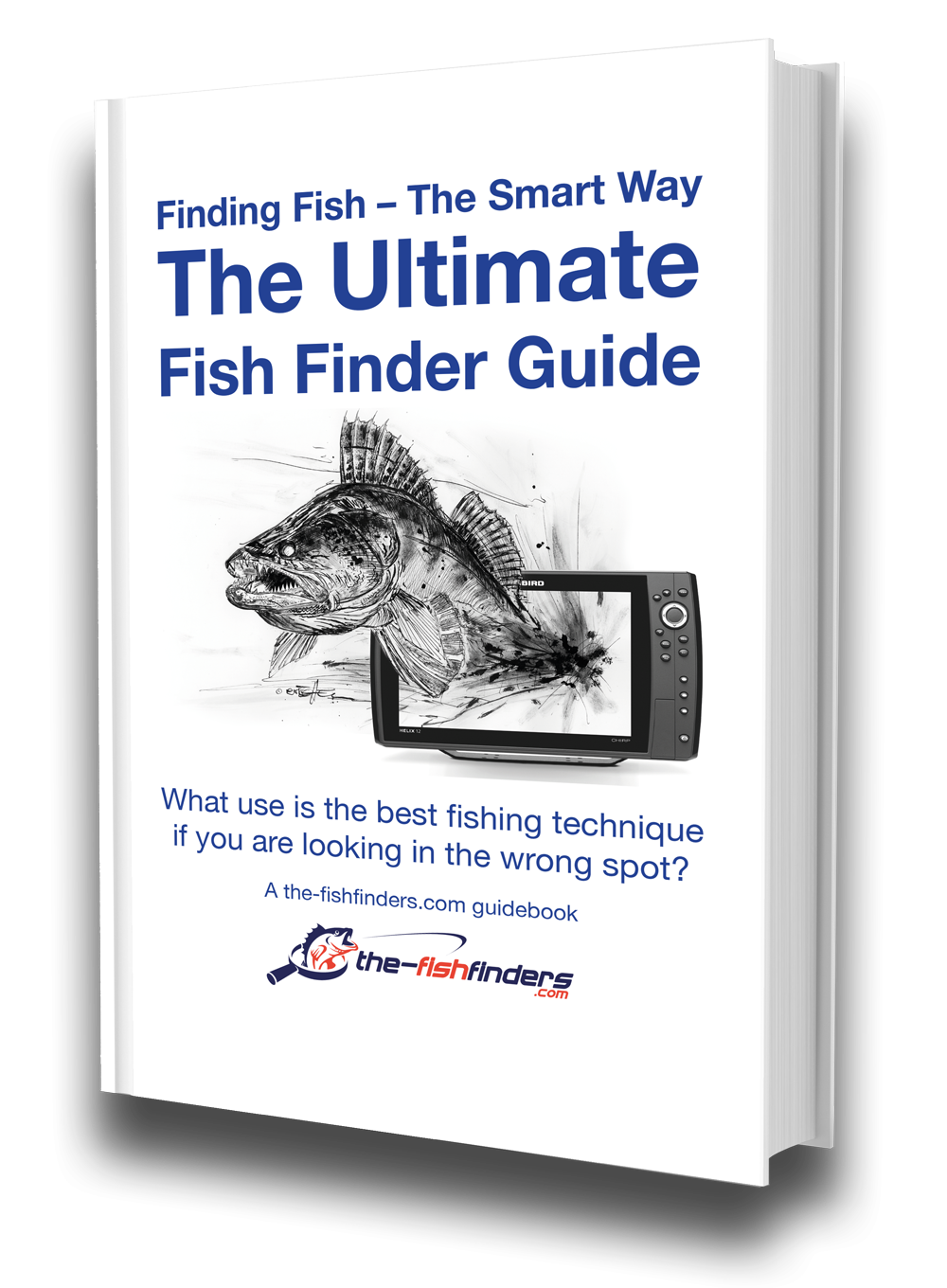
The Ultimate Fish Finder Guide
Download 40 pages for free now
Reviews ( 17 )
The HDS-7 Carbon also pulses chirp in the 2-D range. The manufacturer refers to Mid Chirp and High Chirp ranges based on the specified 83/200 Mhz fixed frequencies. The included Total Scan transducer can modulate the sound waves around these corner points, providing a certain range of frequencies instead of a single one.
The chirp technique provides higher selectivity for detected objects, suppresses interference better and ensures clean and clear images on the display. In our experience, however, the possibilities of the Totalscan are limited. A real chirp transducer from Airmar, e.g. a TM150, which is compatible with the HDS-7 Carbon (adapter cable required), produces better images.
This may be due to the wider frequency range of the Airmar transducer, but it may also be due to the sonar technology itself, since the Total Scan transducer is a fixed frequency type and has not been modified for chirping. Nevertheless, the chirp possibilities with the Total Scan transducer are not bad.
In the split method, both chirp techniques (High and Med Chirp) can be used simultaneously. On the one hand, this has the advantage of displaying details on a small scale (High Chirp), and on the other hand, it allows the use of the large scan area in the Med Chirp method. With this, you can possibly even do more when fishing than is possible with a single chirp range and higher resolution.
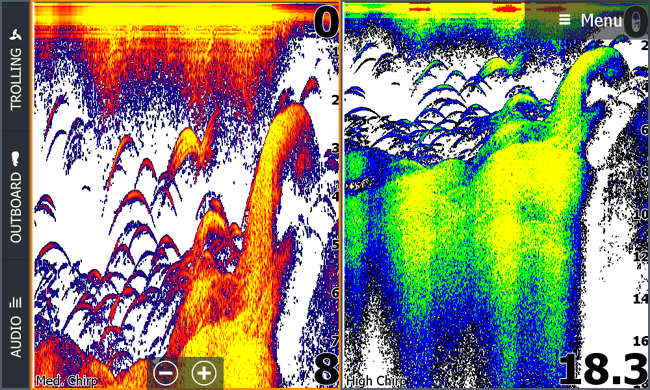
With the Total Scan transducer, the Lowrance HDS-7 Carbon has sidescan and downscan capabilities in the Structure Scan section, which can be displayed individually in full screen, in split screen together, or with other functions from 2-D or the charts.
In the sidescan range, scan widths to the left and right of the boat are possible up to 90 m (455Khz) individually or simultaneously. Depth soundings reach down to around 100 m in the structure scan range. With traditional 2-D chirp it goes down to 300 m, which should be sufficient for most applications.
In practice, the fish sonar images in quality and scope also depends on the boat speed, which in our experience is optimal in the range 5-7 mph. Depth sounding with display of the baseline, however, the device still provides at higher speeds up to over 30 mph.
However, this requires optimal transducer mounting and a boat type that is not prone to strong turbulence in the tail area.
The sonar quality of the HDS-7 Carbon with the Totalscan transducer differs only slightly from the mid-range Elite Ti and Simrad Go7xse fish finder models, except for the additional features. This is hardly surprising, since the same technology and the same transducer are used.
Basically, the scan results are very good in the structure scan area with slight advantages over the competition in the same price sector, but fall off depending on the competitor in the 2-D chirp images, as long as only the total scan transducer is used.
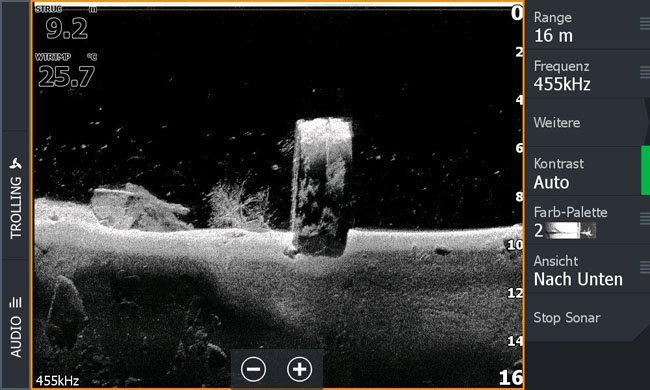
Otherwise, a HDS-7 Carbon of course masters all standard functions of the current sonar technology. These are, for example, possibilities of sonar recording and playback (incl. rewind), which are very useful if you want to navigate through areas again.
It can also be used to generate your own map records via C-Map Genesis. Very helpful is also the Fish ID function with and without depth indication. Here fish symbols are used instead of fish arcs.
The ultimate echolocation guide!
What readers say
“No lecture, press article or report, no even online training or 365 day support, provides as much essential knowledge as this book.”
“you realize that you have been using your fish finder very inefficiently and that a lot has been hidden from you.”
“As of June 2017, I know of no other book that takes this approach so consistently.”
“I learned more about fish finders in 4 hours than in 30 years of hands-on experience.
EUR (€) 19.90 Add to cart
Also available as eBook from 16,90€
-

The Ultimate Fish Finder Guide
Download 40 pages for free now
Reviews ( 17 )
- Rated 5 out of 5
Raphaël G
Very effective. - Rated 5 out of 5
Vladimir M
The book describes the fish finder physics and builds up your understanding of how it actually works. I have yet to apply this knowledge with my Humminbird, but having that much of theory is extremely helpful in understanding and processing the sonar output. - Rated 5 out of 5
NICHOLAS JOHN REECY
The Deeper Guide was just what I was looking for. YouTube is full of reviews of the sonar but little in the way of education. I highly recommend for those wanting to better understand their Deeper sonar. - Rated 5 out of 5
Henrik
I am a beginner when it comes to fishing with fish finders. For me, the book has been very informative to judge the displays on the fish finder “realistically” and to recognize what limits there are when searching for fish with the fish finder. Now I know when I have to use my regular sonar and when I have to use my ClearVü or which settings I should apply to the device at which spot. I was impressed by the many illustrations, especially for understanding the functions. - Rated 5 out of 5
Dr. Manfred Marx
Very well written, so that it is understandable even for amateurs and structured concisely. - Rated 5 out of 5
Andreas Witz
An excellent book for learning about fish finders. - Rated 5 out of 5
AK
The ultimate fish finder guide is a beneficial introduction. I am excited to put into practice what I have learned. - Rated 5 out of 5
Lübbe Wolfgang
A well-written problem solver. - Rated 5 out of 5
Kalksee
The book is unmatched for understanding how a sonar/fish finder works. I was a fish arch hunter, and I suspect my fishing tactics will change. The book has clear writing, and you understand you understand a lot the first time you read it. I can only recommend it to anyone interested in technology. Thank you for this fantastic book! Thoralf - Rated 5 out of 5
Enrico Indelicato
I had absolutely no idea about fish finders. Since I read the book, I had a real Aha experience! For me, as a beginner, very detailed and uncomplicated explained. I can only recommend it! Best regards Enrico - Rated 5 out of 5
Udo
Reading this book has suddenly made my fish finders much more valuable to me! I realized that I made typical mistakes in interpreting the images, which I will now avoid. The authors use clear, understandable language and also explain the mathematical-physical basics very well. The fact that there is no advertising for one or another fish finder manufacturer has increased its credibility. At the same time, you get a solid impression of what is feasible today on this subject – and the “advertisements” of the manufacturers also helped. The book is ABSOLUTELY to recommend, because what good is an expensive fish finder if you too often draw the wrong conclusions from the obtained illustrations? In this respect, the money for the book is very well invested. - Rated 5 out of 5
Josef Weiss
I had to wait a long time for such great explanations. Thank you. - Rated 5 out of 5
Peter
It is a well-described, scientifically sound book highly recommended to anyone who wants to advance and doesn’t already know everything. - Rated 5 out of 5
Holger Just
Ich angle seit Jahren mit Echolot. Aber erstens bleibt man da irgendwann auf einer bestimmten Verständnisstufe stehen, diese konnte ich durch dieses Buch um einiges anheben. Als zweiten Aspekt mußte ich nach dem Lesen dieses Buches erkennen, dass ich durch “gefährliches Halbwissen” jahrelang Fehlinterpretationen hatte bzw. die Möglichkeiten meines Lotes nie richtig ausgenutzt habe. Also mein Fazit : Sehr empfehlenswert, die komplexen Zusammenhänge sind verständlich beschrieben. Das Buch ist ideal geeignet um sich in der angelfreien Zeit wertvolles Wissen für die folgende Saison anzueignen und beim Thema Echolot wieder uptodate zu sein. - Rated 5 out of 5
Matthias Wappler
Sehr gut!! - Rated 5 out of 5
M. Hermanns
Wer dieses Buch nicht liest, ist selber Schuld! Kein Vortrag, kein Presseartikel oder Bericht, Nein sogar keine Online-Schulung oder gar ein 365 Tage Support, vermittelt so viele essentielle Kenntnisse, wie dieses Buch. Nach zwei drei bebilderten Erklärungen wird dir klar, das ohne dieses Wissen, die Gewinn bringende Nutzung eines Echolotes gar nicht möglich ist. Beziehungsweise dir wird klar das du dein Echolot bisher sehr ineffizient genutzt hast und das dir eine Menge verborgen geblieben ist. Ich habe nach dem ersten gleich drei weitere Exemplare gekauft und drei guten Angelfreunden eine Anerkennung für unsere Freundschaft mit diesem Buch gemacht. Alle drei verfügen über 30 Jahre Bootsangelerfahrung und alle drei waren ebenfalls begeistert, jeder konnte sein Wissen deutlich erweitern. Deshalb freue ich mich auch so sehr auf das Zanderbuch welches hoffentlich noch vor dem Wochenende bei mir ist. Liebe Grüße weiter so. dermarc - Rated 5 out of 5
TACKLEFEVER
Das Buch beginnt mit rund 15 Seiten Technik Erläuterung bei der versierte Echolot Nutzer, zu denen ich mich zähle, vielleicht geneigt sind weiter zu blättern weil sie vieles schon wissen und Anfänger weiter blättern möchten weil es zu trocken scheint. Aber etwas Basiswissen gehört einfach dazu. Selbst wenn man als Anfänger bei der Basis Theorie weiter blättern will, sobald es um Chirp geht sollte “jeder” genauer hinschauen 😉 es lohnt sich. Und auch für mich fand ich noch ein zwei kleine Dinge die ich nicht wusste oder noch nicht im Zusammenhang mit anderem sah. Die weiteren Abschnitte (bis Kap. 3) befassen sich mit den verschiedenen Techniken der Geber, Bildschirme, oder dem Smartphone, dem Tablet als Anzeigemedium. Was mir bis dahin sehr positiv auffiel waren die “MERKE-Boxen”, kleine übersichtliche Passagen welche Kerninformationen des zuvor vermittelten Wissen zusammenfassend hervorheben. Auch wenn man nicht alles komplett verstanden hat, hilft diese leicht verständliche Zusammenfassung des voraus gegangenen Inhalts sehr. Kapitel 4 geht auf 2D, Down-Imaging, Side-Scan-Sonar ein, dabei ohne zu konkret auf einen Hersteller abzustellen was ich ebenfalls sehr positiv fand. Dem Angler wird der praktische Einsatz und das Verstehen dessen was man auf dem Echolot sieht erläutert. Fragen wie z.B.: Wo befindet sich der Fisch genau? Was ist eine Fischsichel? Wie setze ich das Echolot beim Vertikalangeln ein? Warum gibt es Vertiefungen obwohl man keine sieht und umgekehrt? Wie erkenne ich die Bodenbeschaffenheit? Fragen zur richtigen Deutung der Unterwasserstruktur, dem optimalen Bildlauf- und Boots- Geschwindigkeit, der Sprungschicht, usw. werden auch beantwortet. Würde ich alles aufzählen würde es hier zu weit führen. Es folgen noch kurze Infos zur Multibeam Technik und ein Kapitel “Die 3D Show mit Garmins Panoptix”. Hier wurde für mich zu wenig Wissen vermittelt, nur auf einen Herstellers gezeigt und nicht auf ähnliche Funktionen oder Techniken anderer Hersteller Bezug genommen. Ich hoffe es kommt in der nächsten Auflage mehr zu dem Thema. Am Ende des Buches kommen Infos rund um konkrete Einstellungen am Echolot. Hier wird einer der wichtigsten Punkte überhaupt behandelt und dies praxisnah und hilfreich. Aller spätestens jetzt lohnt sich das Buch für alle Neueinsteiger. Viel einfacher und kompakter geht es kaum. Ein paar wichtige zuvor besprochene Punkte zu Einstellungen bei bestimmten Echolot Funktionen werden erläutert und mit Checklisten im Kapitel “Die effektivsten Einstellungen beim Echolot auf einen Blick” zusammen gefasst. Hier lohnt es sich für Anfänger die Seiten besonders aufmerksam zu lesen und vielleicht als Kopie mit auf Boot zu nehmen. Damit fällt der Kampf mit den gefühlten tausenden von Einstellungen am Echolot auf dem Wasser leichter. Es klingt fast zu schön um wahr zu sein, aber tatsächlich scheint mir das Buch für Anfänger und Fortgeschrittene Anwender gleichermaßen gut geeignet zu sein. Manchmal suchte ich mehr Hintergrundwissen, weil der im Prinzip sehr gute Ansatz es für Anfänger leicht verständlich zu halten manche Herstellerabhängige Feinheiten außer Acht lässt. Das Buch hat eine gute Gliederung, fasst vieles kompakt zusammen und geht bei wichtigen Punkten auch meist für Fortgeschrittene etwas in die Tiefe. So richtet sich das Buch meiner Meinung nach nicht an wissenschaftliche Anwender, sondern an Echolot Neulinge indem es auch viele Basis Fragen beantwortet ebenso auch an Fortgeschrittene indem es auf diverse Punkte tiefer eingeht. Wenn ich den Sinn des Buches in einem Satz beschreiben sollte, dann wäre dies: Echolottechnik für Anfänger interessant und verständlich erklären und dabei auch ein wenig tieferes Wissen für alle zu vermitteln. Mir ist Stand Juni 2017 kein anderes Buch bekannt das diesen Ansatz so konsequent verfolgt. Ich hoffe ihr habt so viel Spaß beim lesen wie ich. Luke www.tacklefever.de
Unsure? Then take a look at the book.
Here you can find more info and free sites.
Scroll down a little after the click
Useful for those for whom the fish arches leave too much room for interpretation and who expect help from the fish finder as to what is ultimately there on the screen.
To summarize: The Total Scan transducer is not really in the high-end range of fish finders. The differences to the mid-range with the same transducer are too small.
Also in terms of power, the sonar module with 500 W RMS does not differ from an Elite Ti or Simrad Go device. It only gets interesting when using the 3D structure scan technology and a real chirp transducer.
However, both raise the question of the extent to which it is still possible to work comfortably with several transducers and an additional module. The transducer upgrade seems to make more sense in a marine network with several devices, since all options can be used together. In this way, the costs also pay off better.
The normal user will be satisfied with the Lowrance HDS-7 Carbon with the TotalScan transducer. In this configuration, the price is manageable at around 1250.00 €. In a competitive comparison, you get your money’s worth.
One acquires an advanced modern-designed high-performance device with 2D chirp and structure scan function, a well-equipped chartplotter, powerful hardware and an excellent screen. The network capabilities are diverse and the wireless communication capabilities are well developed.
The device is suitable for both freshwater and saltwater applications, is excellently manufactured and comes with all the necessary accessories (bracket, mounting frame, cover) required for daily use.
The Total Scan transducer is a viable compromise in performance and ease of use. One can live with the fish finder performance even if the 2-D chirp range is only average and the 3-D capable StructureScan and other features are not available with this transducer.
The complete equipment with additional Strukture Scan 3D is now worth considering at around 1680€.
Which are the best fish finders? Find out the answer in our in-depth fish finder review.
-

The Ultimate Fish Finder Guide
Download 40 pages for free now
Reviews ( 17 )
- Rated 5 out of 5
Raphaël G
Very effective. - Rated 5 out of 5
Vladimir M
The book describes the fish finder physics and builds up your understanding of how it actually works. I have yet to apply this knowledge with my Humminbird, but having that much of theory is extremely helpful in understanding and processing the sonar output. - Rated 5 out of 5
NICHOLAS JOHN REECY
The Deeper Guide was just what I was looking for. YouTube is full of reviews of the sonar but little in the way of education. I highly recommend for those wanting to better understand their Deeper sonar. - Rated 5 out of 5
Henrik
I am a beginner when it comes to fishing with fish finders. For me, the book has been very informative to judge the displays on the fish finder “realistically” and to recognize what limits there are when searching for fish with the fish finder. Now I know when I have to use my regular sonar and when I have to use my ClearVü or which settings I should apply to the device at which spot. I was impressed by the many illustrations, especially for understanding the functions. - Rated 5 out of 5
Dr. Manfred Marx
Very well written, so that it is understandable even for amateurs and structured concisely. - Rated 5 out of 5
Andreas Witz
An excellent book for learning about fish finders. - Rated 5 out of 5
AK
The ultimate fish finder guide is a beneficial introduction. I am excited to put into practice what I have learned. - Rated 5 out of 5
Lübbe Wolfgang
A well-written problem solver. - Rated 5 out of 5
Kalksee
The book is unmatched for understanding how a sonar/fish finder works. I was a fish arch hunter, and I suspect my fishing tactics will change. The book has clear writing, and you understand you understand a lot the first time you read it. I can only recommend it to anyone interested in technology. Thank you for this fantastic book! Thoralf - Rated 5 out of 5
Enrico Indelicato
I had absolutely no idea about fish finders. Since I read the book, I had a real Aha experience! For me, as a beginner, very detailed and uncomplicated explained. I can only recommend it! Best regards Enrico - Rated 5 out of 5
Udo
Reading this book has suddenly made my fish finders much more valuable to me! I realized that I made typical mistakes in interpreting the images, which I will now avoid. The authors use clear, understandable language and also explain the mathematical-physical basics very well. The fact that there is no advertising for one or another fish finder manufacturer has increased its credibility. At the same time, you get a solid impression of what is feasible today on this subject – and the “advertisements” of the manufacturers also helped. The book is ABSOLUTELY to recommend, because what good is an expensive fish finder if you too often draw the wrong conclusions from the obtained illustrations? In this respect, the money for the book is very well invested. - Rated 5 out of 5
Josef Weiss
I had to wait a long time for such great explanations. Thank you. - Rated 5 out of 5
Peter
It is a well-described, scientifically sound book highly recommended to anyone who wants to advance and doesn’t already know everything. - Rated 5 out of 5
Holger Just
Ich angle seit Jahren mit Echolot. Aber erstens bleibt man da irgendwann auf einer bestimmten Verständnisstufe stehen, diese konnte ich durch dieses Buch um einiges anheben. Als zweiten Aspekt mußte ich nach dem Lesen dieses Buches erkennen, dass ich durch “gefährliches Halbwissen” jahrelang Fehlinterpretationen hatte bzw. die Möglichkeiten meines Lotes nie richtig ausgenutzt habe. Also mein Fazit : Sehr empfehlenswert, die komplexen Zusammenhänge sind verständlich beschrieben. Das Buch ist ideal geeignet um sich in der angelfreien Zeit wertvolles Wissen für die folgende Saison anzueignen und beim Thema Echolot wieder uptodate zu sein. - Rated 5 out of 5
Matthias Wappler
Sehr gut!! - Rated 5 out of 5
M. Hermanns
Wer dieses Buch nicht liest, ist selber Schuld! Kein Vortrag, kein Presseartikel oder Bericht, Nein sogar keine Online-Schulung oder gar ein 365 Tage Support, vermittelt so viele essentielle Kenntnisse, wie dieses Buch. Nach zwei drei bebilderten Erklärungen wird dir klar, das ohne dieses Wissen, die Gewinn bringende Nutzung eines Echolotes gar nicht möglich ist. Beziehungsweise dir wird klar das du dein Echolot bisher sehr ineffizient genutzt hast und das dir eine Menge verborgen geblieben ist. Ich habe nach dem ersten gleich drei weitere Exemplare gekauft und drei guten Angelfreunden eine Anerkennung für unsere Freundschaft mit diesem Buch gemacht. Alle drei verfügen über 30 Jahre Bootsangelerfahrung und alle drei waren ebenfalls begeistert, jeder konnte sein Wissen deutlich erweitern. Deshalb freue ich mich auch so sehr auf das Zanderbuch welches hoffentlich noch vor dem Wochenende bei mir ist. Liebe Grüße weiter so. dermarc - Rated 5 out of 5
TACKLEFEVER
Das Buch beginnt mit rund 15 Seiten Technik Erläuterung bei der versierte Echolot Nutzer, zu denen ich mich zähle, vielleicht geneigt sind weiter zu blättern weil sie vieles schon wissen und Anfänger weiter blättern möchten weil es zu trocken scheint. Aber etwas Basiswissen gehört einfach dazu. Selbst wenn man als Anfänger bei der Basis Theorie weiter blättern will, sobald es um Chirp geht sollte “jeder” genauer hinschauen 😉 es lohnt sich. Und auch für mich fand ich noch ein zwei kleine Dinge die ich nicht wusste oder noch nicht im Zusammenhang mit anderem sah. Die weiteren Abschnitte (bis Kap. 3) befassen sich mit den verschiedenen Techniken der Geber, Bildschirme, oder dem Smartphone, dem Tablet als Anzeigemedium. Was mir bis dahin sehr positiv auffiel waren die “MERKE-Boxen”, kleine übersichtliche Passagen welche Kerninformationen des zuvor vermittelten Wissen zusammenfassend hervorheben. Auch wenn man nicht alles komplett verstanden hat, hilft diese leicht verständliche Zusammenfassung des voraus gegangenen Inhalts sehr. Kapitel 4 geht auf 2D, Down-Imaging, Side-Scan-Sonar ein, dabei ohne zu konkret auf einen Hersteller abzustellen was ich ebenfalls sehr positiv fand. Dem Angler wird der praktische Einsatz und das Verstehen dessen was man auf dem Echolot sieht erläutert. Fragen wie z.B.: Wo befindet sich der Fisch genau? Was ist eine Fischsichel? Wie setze ich das Echolot beim Vertikalangeln ein? Warum gibt es Vertiefungen obwohl man keine sieht und umgekehrt? Wie erkenne ich die Bodenbeschaffenheit? Fragen zur richtigen Deutung der Unterwasserstruktur, dem optimalen Bildlauf- und Boots- Geschwindigkeit, der Sprungschicht, usw. werden auch beantwortet. Würde ich alles aufzählen würde es hier zu weit führen. Es folgen noch kurze Infos zur Multibeam Technik und ein Kapitel “Die 3D Show mit Garmins Panoptix”. Hier wurde für mich zu wenig Wissen vermittelt, nur auf einen Herstellers gezeigt und nicht auf ähnliche Funktionen oder Techniken anderer Hersteller Bezug genommen. Ich hoffe es kommt in der nächsten Auflage mehr zu dem Thema. Am Ende des Buches kommen Infos rund um konkrete Einstellungen am Echolot. Hier wird einer der wichtigsten Punkte überhaupt behandelt und dies praxisnah und hilfreich. Aller spätestens jetzt lohnt sich das Buch für alle Neueinsteiger. Viel einfacher und kompakter geht es kaum. Ein paar wichtige zuvor besprochene Punkte zu Einstellungen bei bestimmten Echolot Funktionen werden erläutert und mit Checklisten im Kapitel “Die effektivsten Einstellungen beim Echolot auf einen Blick” zusammen gefasst. Hier lohnt es sich für Anfänger die Seiten besonders aufmerksam zu lesen und vielleicht als Kopie mit auf Boot zu nehmen. Damit fällt der Kampf mit den gefühlten tausenden von Einstellungen am Echolot auf dem Wasser leichter. Es klingt fast zu schön um wahr zu sein, aber tatsächlich scheint mir das Buch für Anfänger und Fortgeschrittene Anwender gleichermaßen gut geeignet zu sein. Manchmal suchte ich mehr Hintergrundwissen, weil der im Prinzip sehr gute Ansatz es für Anfänger leicht verständlich zu halten manche Herstellerabhängige Feinheiten außer Acht lässt. Das Buch hat eine gute Gliederung, fasst vieles kompakt zusammen und geht bei wichtigen Punkten auch meist für Fortgeschrittene etwas in die Tiefe. So richtet sich das Buch meiner Meinung nach nicht an wissenschaftliche Anwender, sondern an Echolot Neulinge indem es auch viele Basis Fragen beantwortet ebenso auch an Fortgeschrittene indem es auf diverse Punkte tiefer eingeht. Wenn ich den Sinn des Buches in einem Satz beschreiben sollte, dann wäre dies: Echolottechnik für Anfänger interessant und verständlich erklären und dabei auch ein wenig tieferes Wissen für alle zu vermitteln. Mir ist Stand Juni 2017 kein anderes Buch bekannt das diesen Ansatz so konsequent verfolgt. Ich hoffe ihr habt so viel Spaß beim lesen wie ich. Luke www.tacklefever.de
This brings us to the end of our detailed test-review of this fish finder and chartplotter from the Lowrance HDS series. If you have any questions, additions or comments, please let us know – we are looking forward to your feedback – or have a look at the other fish finder reviews in our extensive fish finder test (including the newest models of all important fish finder manufacturers like Garmin, Lowrance, Humminbird or Raymarine). Have fun on your next fishing trip and “Petri Heil”! – Martin and Jens.
Could you take 1 Click to share your experiences?
We will be forever grateful. With your rating we can improve.
average rating 4.9 / 5. Number of ratings: 14
Be the first to rate this post!

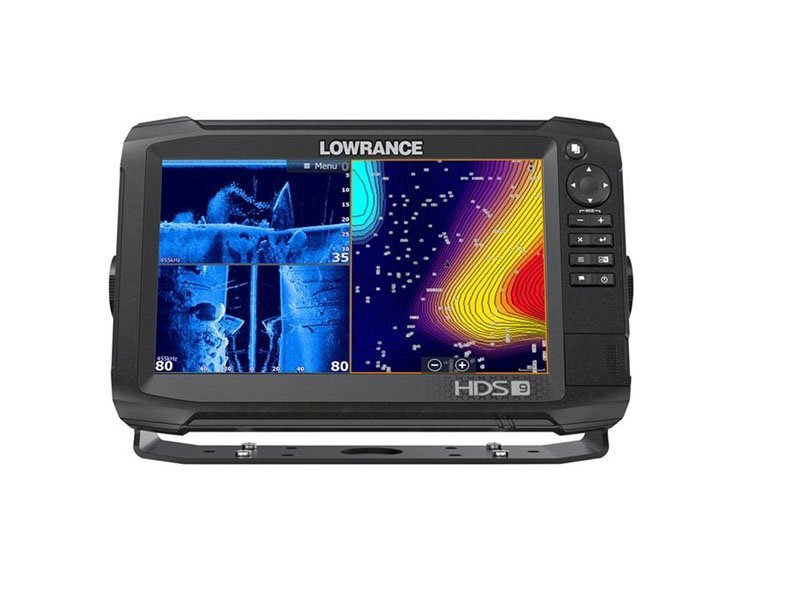
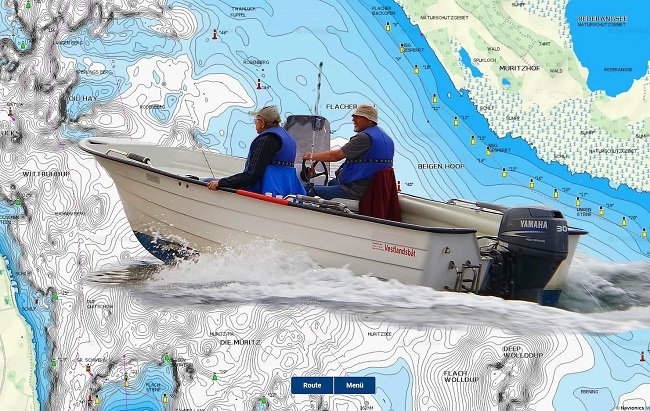
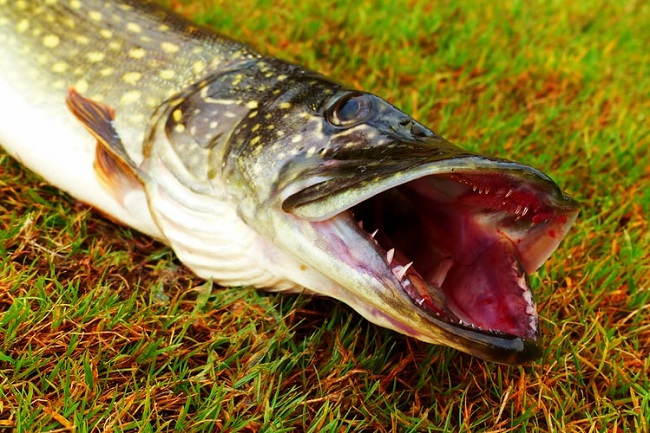
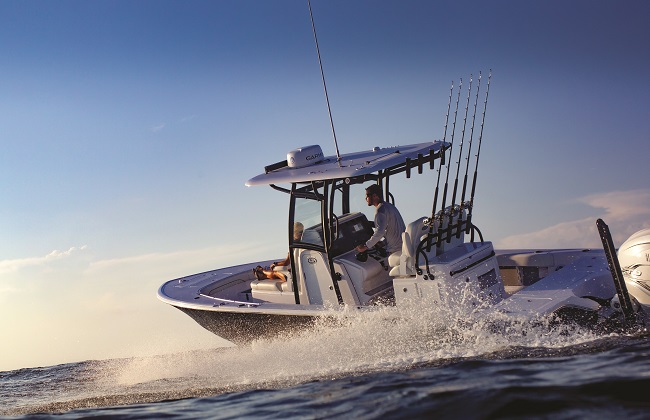
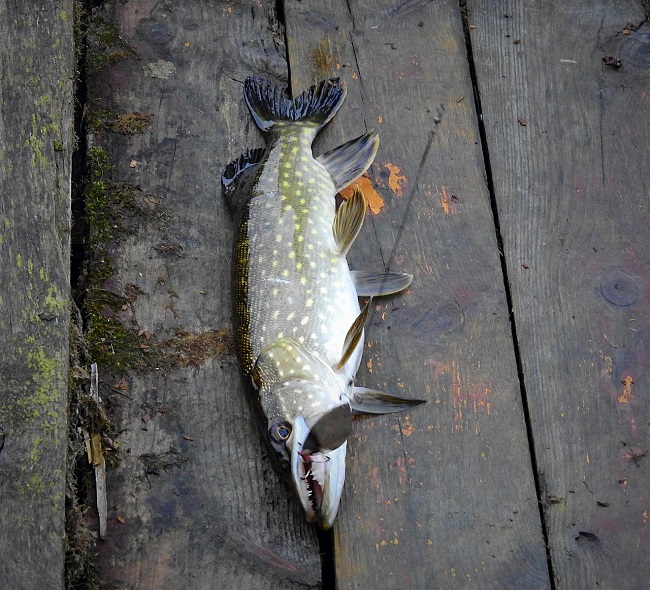
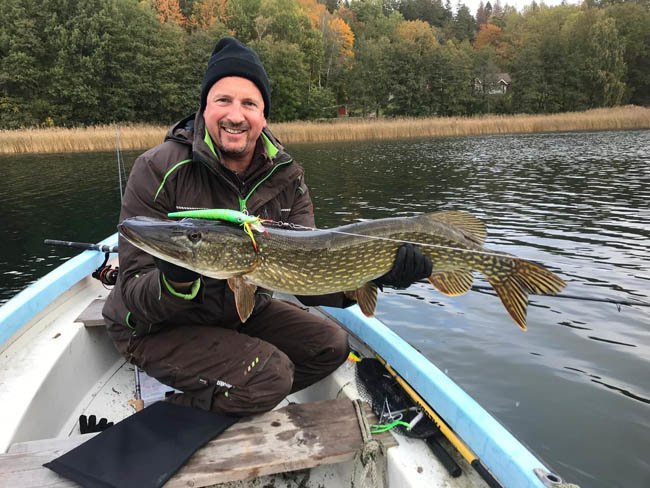
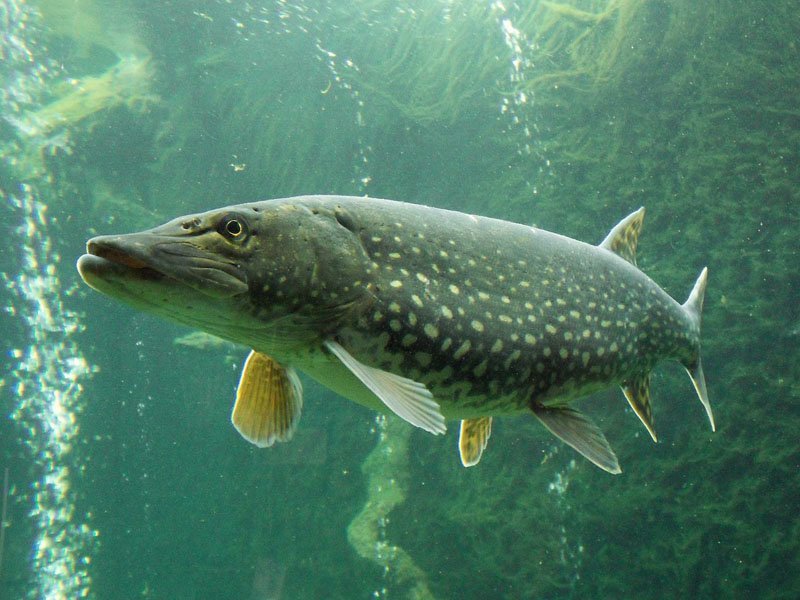
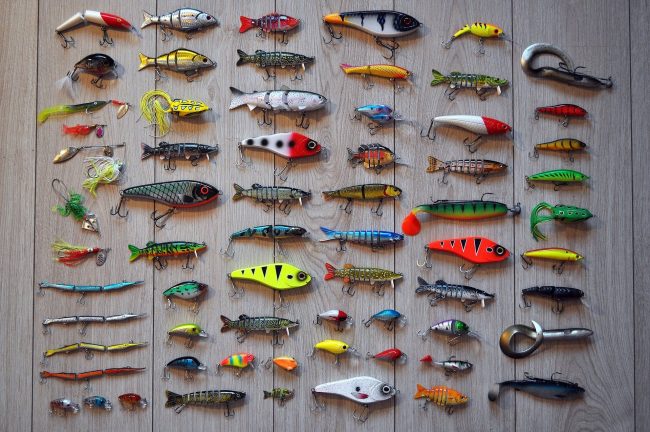
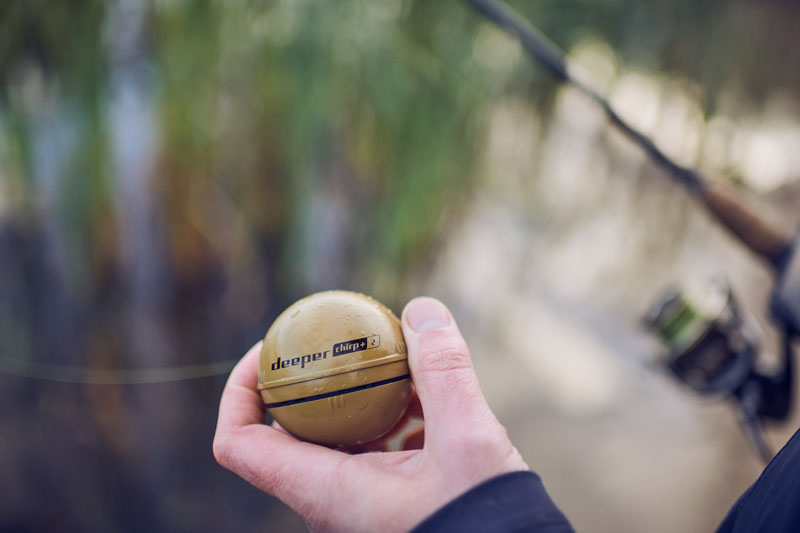
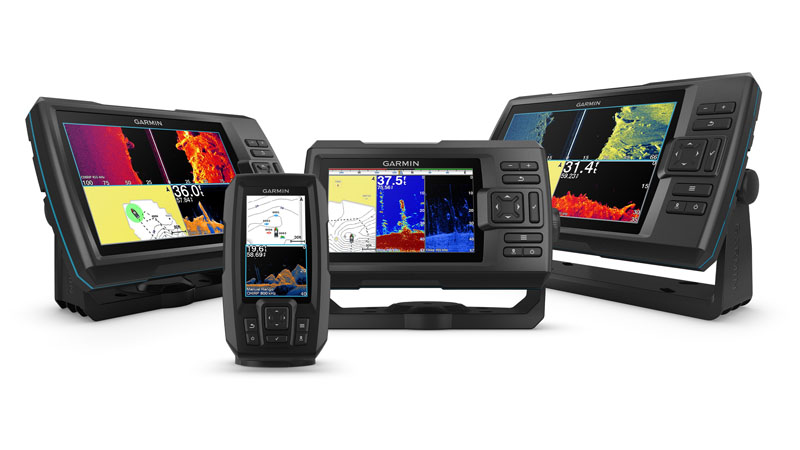
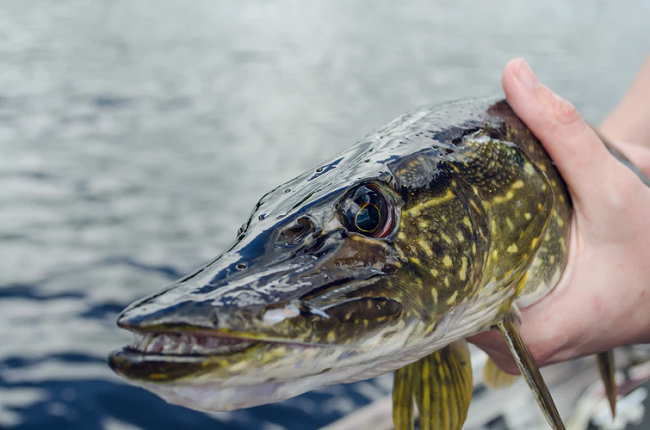
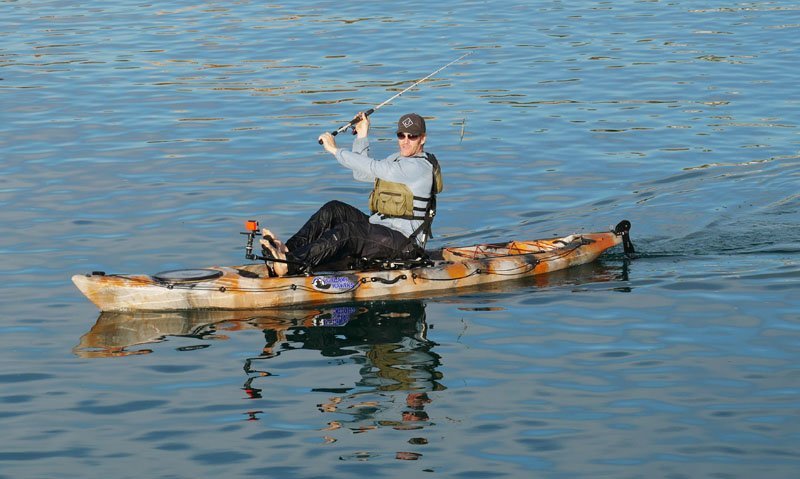
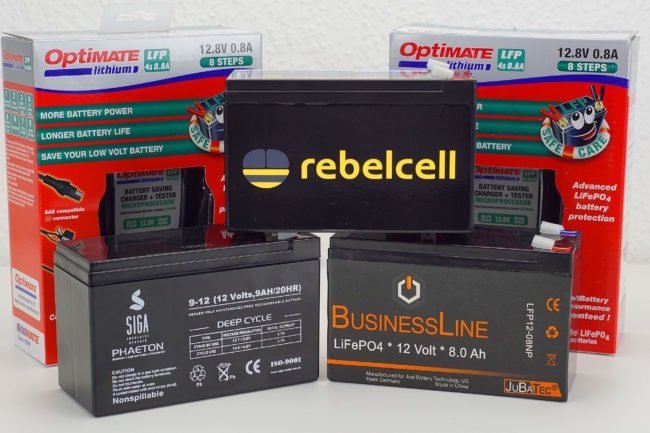
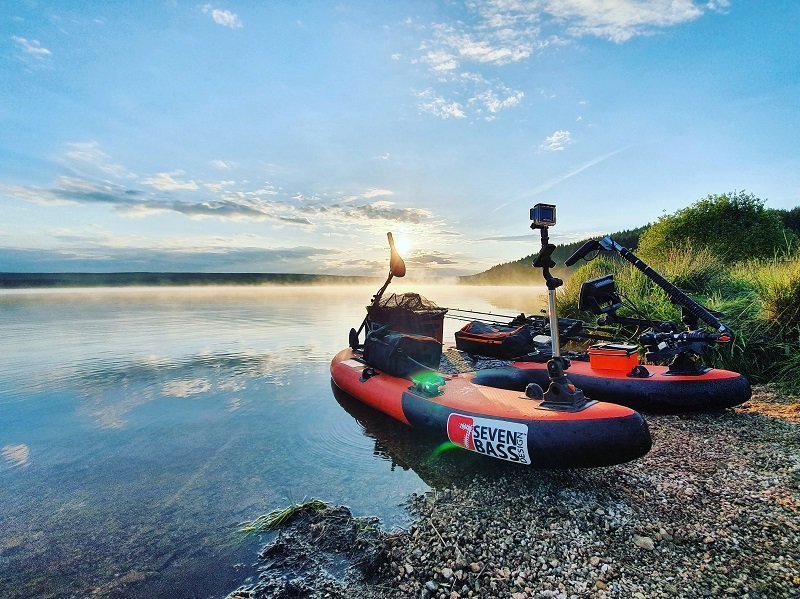
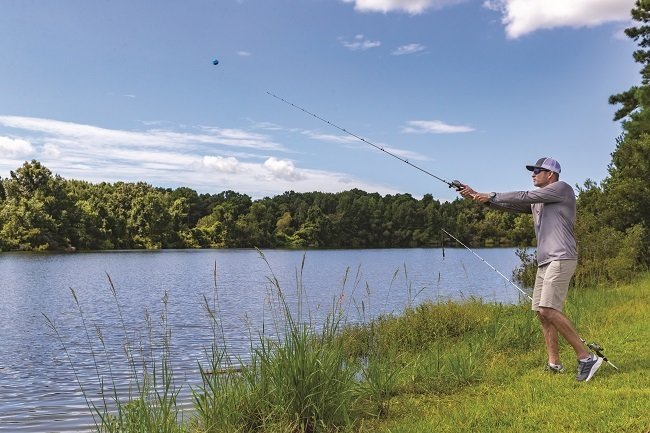
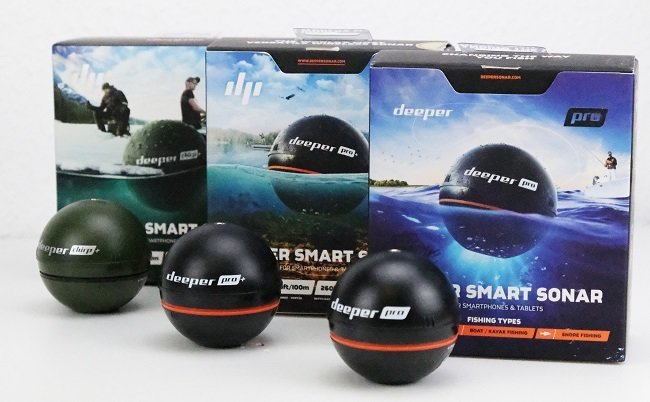

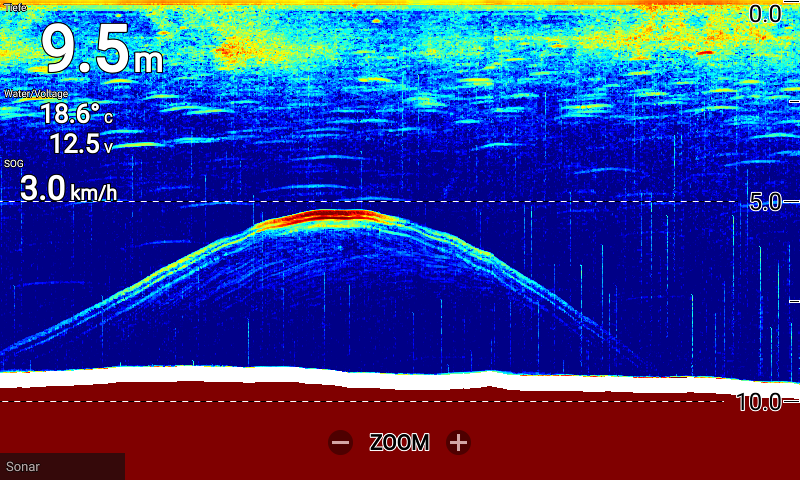
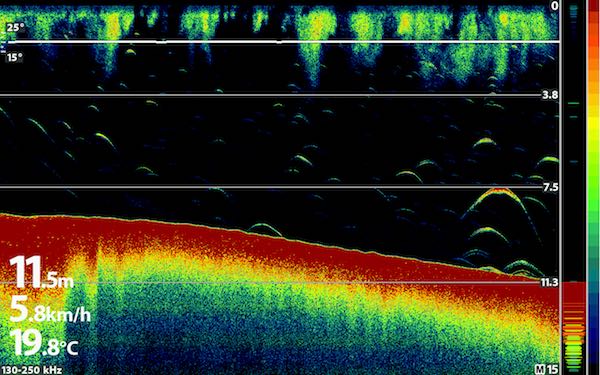
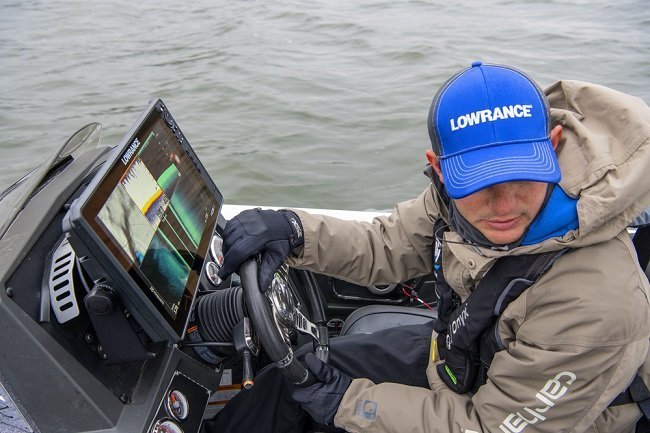
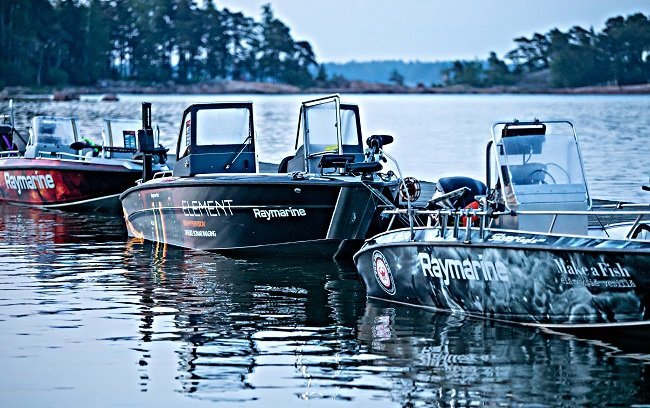
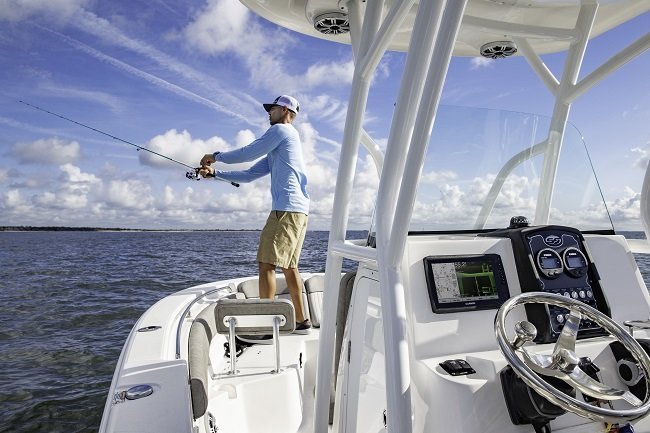
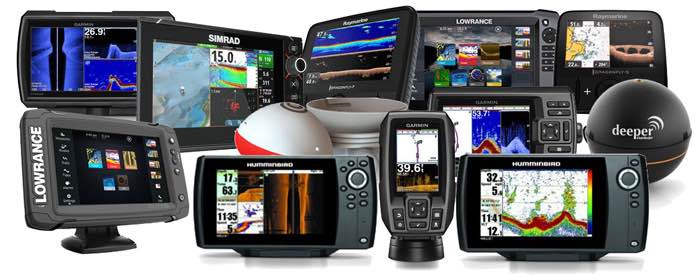
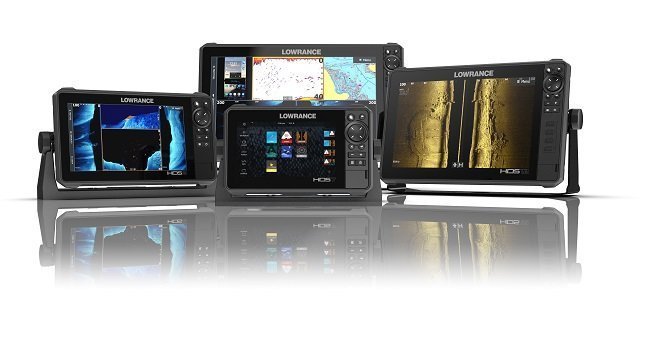
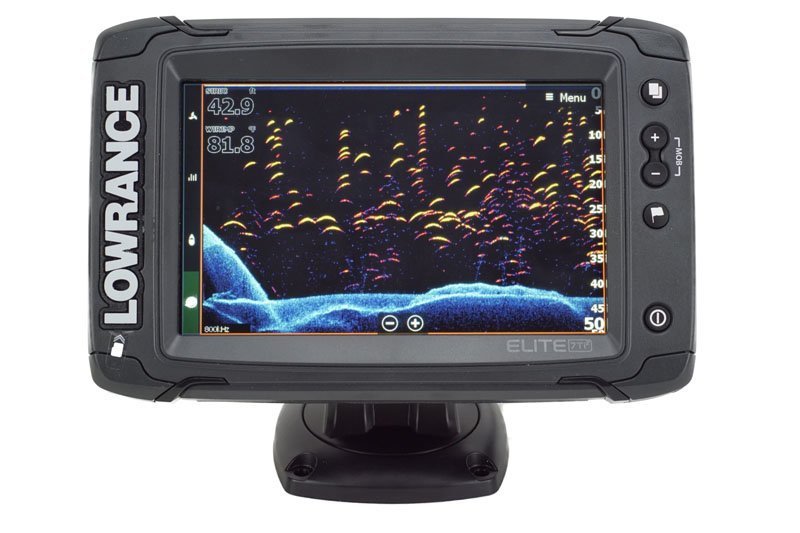
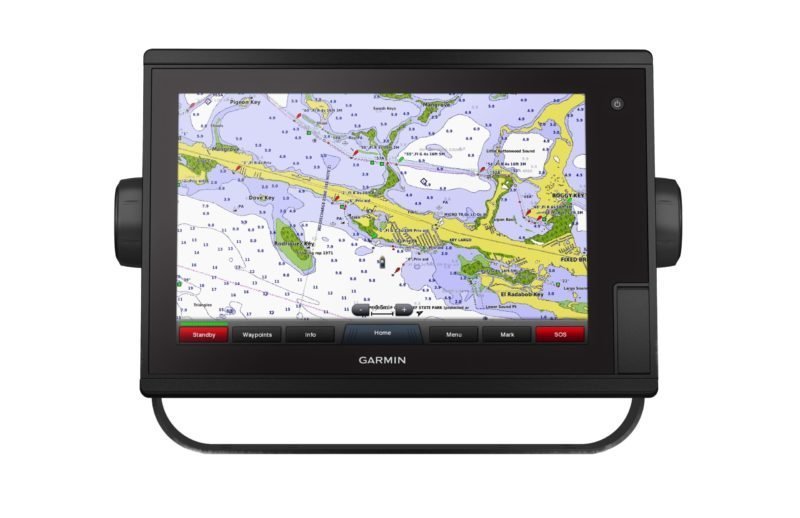
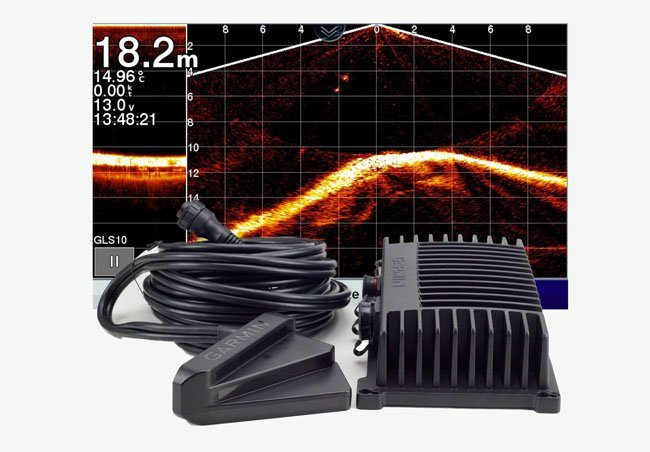
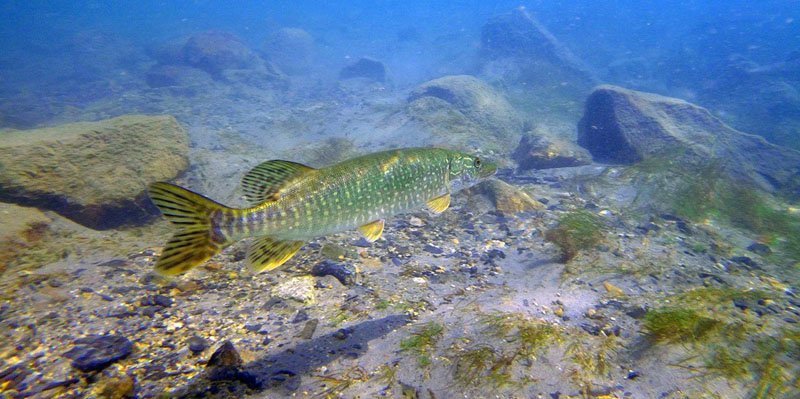
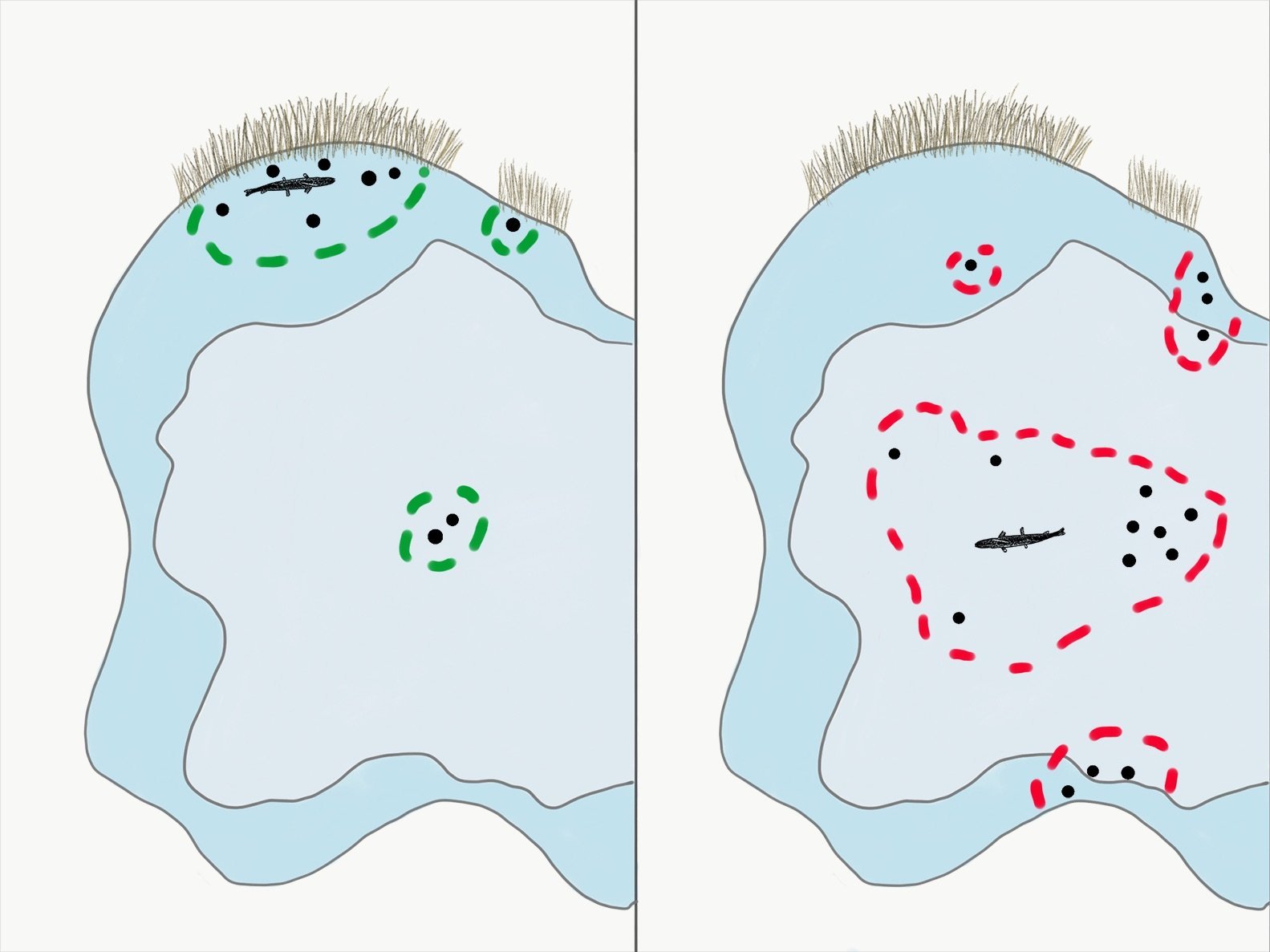
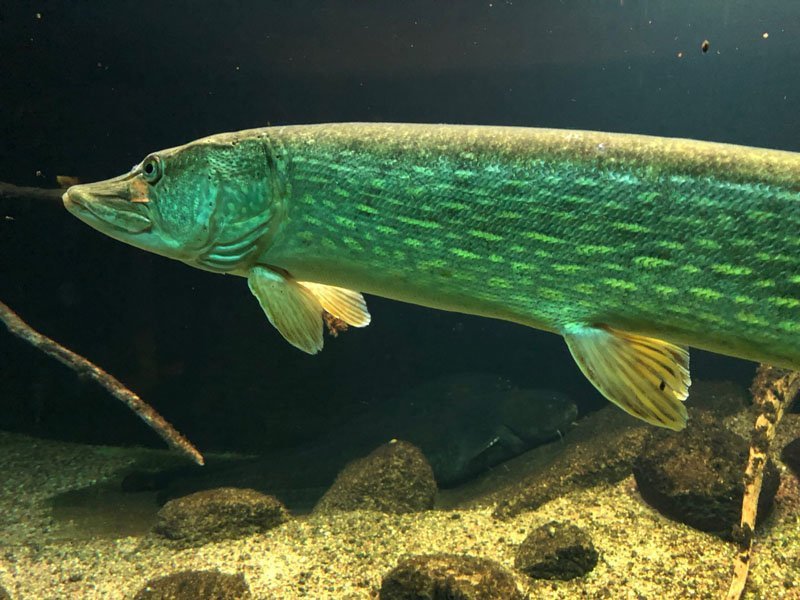
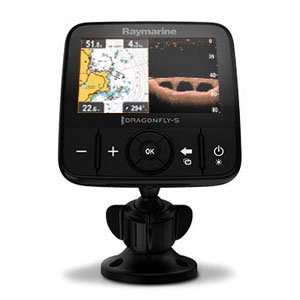
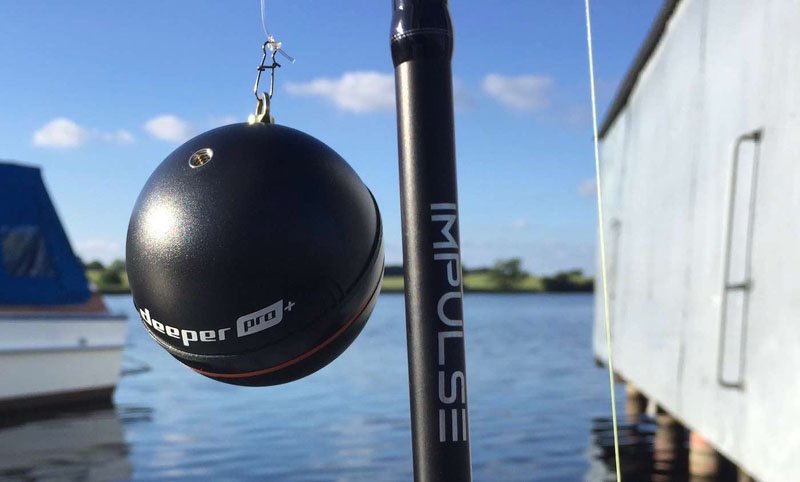
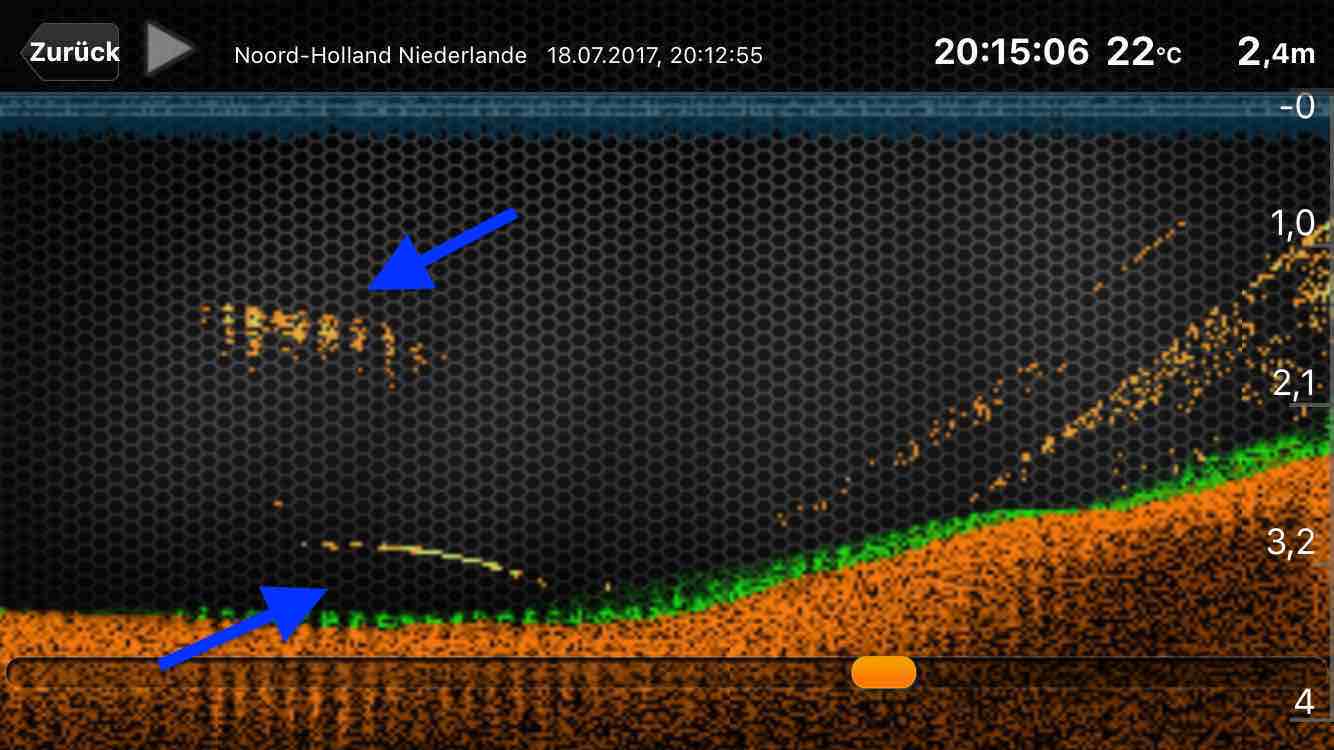
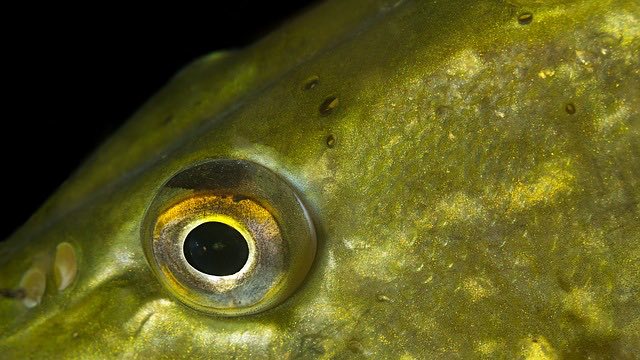


Raphaël G
Vladimir M
NICHOLAS JOHN REECY
Henrik
Dr. Manfred Marx
Andreas Witz
AK
Lübbe Wolfgang
Kalksee
Enrico Indelicato
Udo
Josef Weiss
Peter
Holger Just
Matthias Wappler
M. Hermanns
TACKLEFEVER